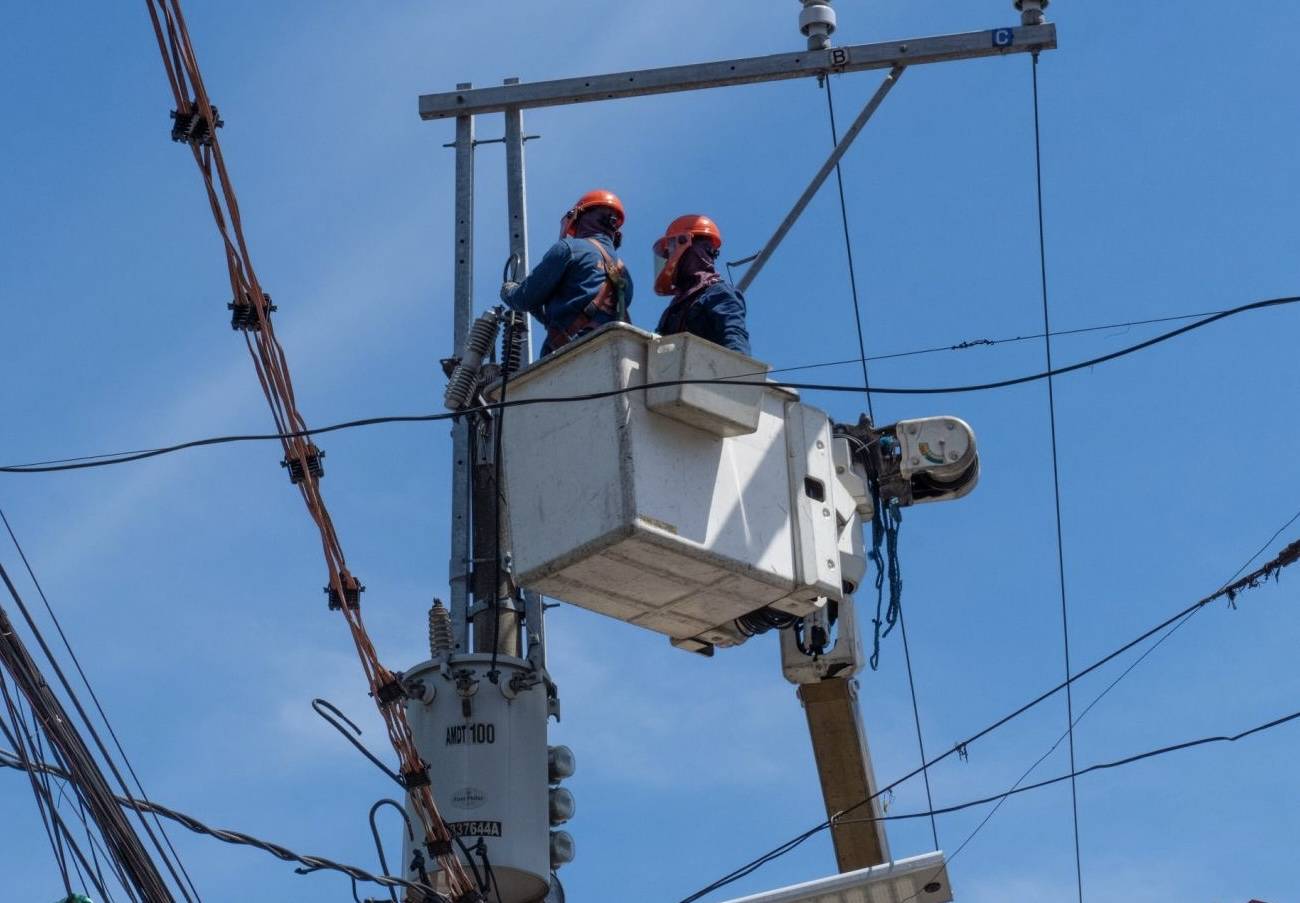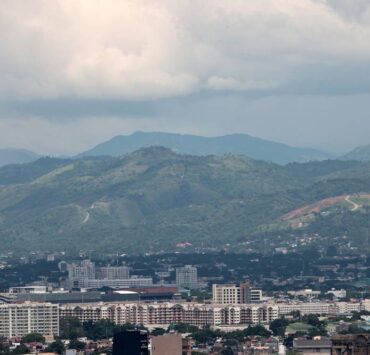Lower electricity spot prices anticipated

Cooler weather is expected to further pull down prices at the electricity spot market as the September rates marked a fourth month of decline.
In a report released by the Independent Electricity Market Operator of the Philippines (IEMOP) Tuesday night, the average systemwide electricity spot price plunged by 34.7 percent to P3.88 per kilowatt-hour (kWh) in Sept. from the previous month’s P5.94 per kWh. IEMOP operates the Wholesale Electricity Spot Market, where electricity is traded as a commodity.
Prices will be reflected in the October bills of end-users.
Demand during the period was down by 3.4 percent to 13,700 megawatts (MW) while supply went up to 20,348 MW as the northeast monsoon cooled down overworked power plants.
All main islands had weaker demand for the billing period from Aug. 26 to Sept. 25, with higher supply booked in Luzon and the Visayas.
With the biggest drop of 39 percent, Luzon prices hit P3.80 per kWh from August’s P6.24 per kWh. Demand also fell by 4.3 percent to 9,746 MW, while supply inched up by 4.9 percent to 14,327 MW.
Visayas also witnessed lower prices at P4.56 per kWh, 34-percent cheaper versus the previous P6.93 per kWh. Its demand ended flat at 1,955 MW, while supply grew by 5.3 percent to 2,387 MW.
Mindanao, meanwhile, logged a slight increase in prices, climbing by 3.3 percent to P3.48 per kWh from the previous P3.37 per kWh. Its demand was also almost flat at 1,999 MW. Supply dipped by 4.2 percent to 3,635 MW.
Arjon Valencia, corporate planning and communications manager of IEMOP, said the higher prices for Mindanao could be attributed to plant outages.
Valencia also said the WESM could keep these prices at the lower level if no large outage would happen.
“If the performance of the plants will be the same as this month, yes, it is possible for the WESM price to remain the same or even lower, especially that wind generation tends to be higher during Amihan season,” he told reporters in a message.
The power sector usually records lower demand for electricity during the rainy season, compared to hotter months when consumers stay comfortable by using air conditioners and electric fans for longer periods of time.




















